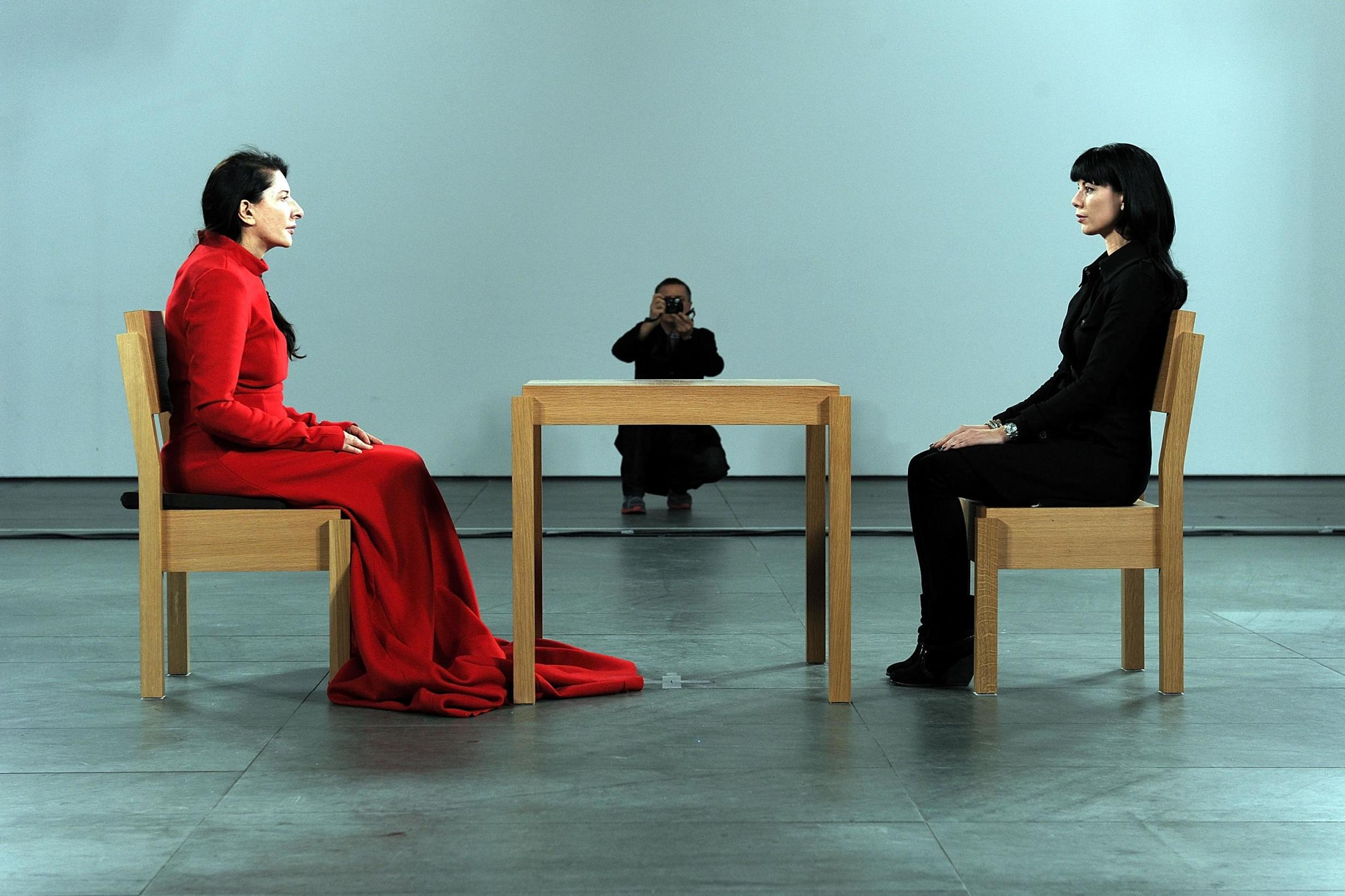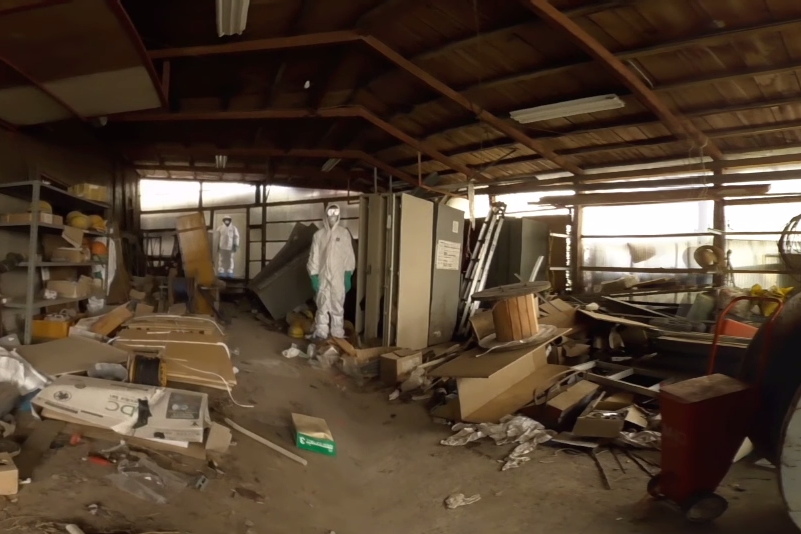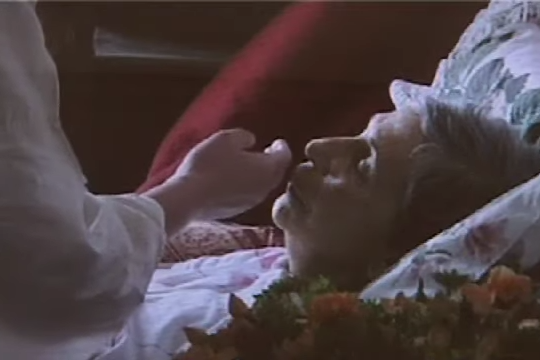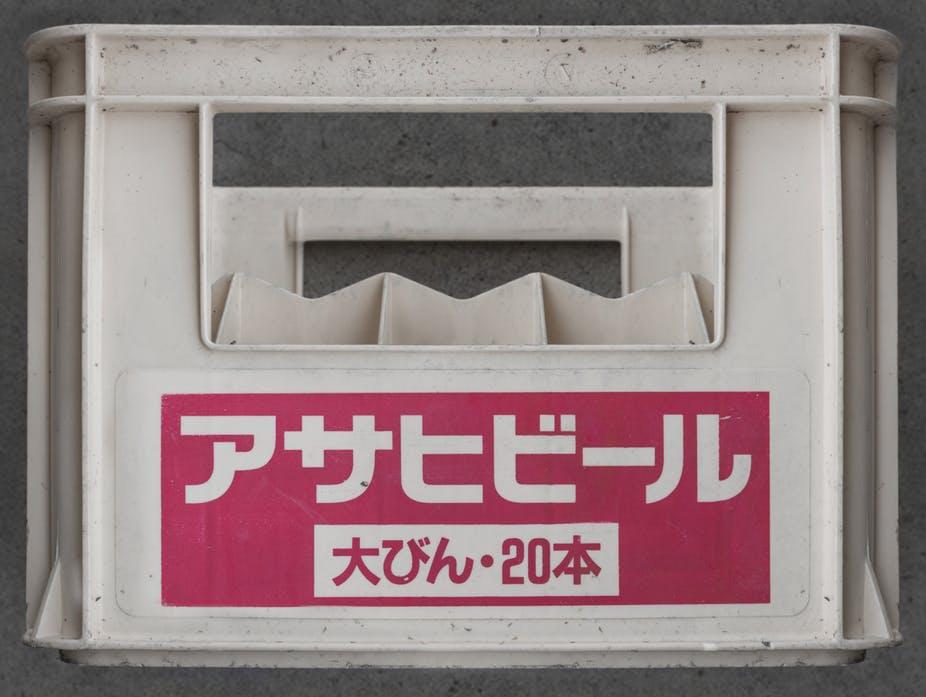These radical artworks force you to look in new ways
Art, sometimes too close for comfort and other times at an unreachable distance, nevertheless reaffirms a human connection, says Jessica Holtaway

Your support helps us to tell the story
From reproductive rights to climate change to Big Tech, The Independent is on the ground when the story is developing. Whether it's investigating the financials of Elon Musk's pro-Trump PAC or producing our latest documentary, 'The A Word', which shines a light on the American women fighting for reproductive rights, we know how important it is to parse out the facts from the messaging.
At such a critical moment in US history, we need reporters on the ground. Your donation allows us to keep sending journalists to speak to both sides of the story.
The Independent is trusted by Americans across the entire political spectrum. And unlike many other quality news outlets, we choose not to lock Americans out of our reporting and analysis with paywalls. We believe quality journalism should be available to everyone, paid for by those who can afford it.
Your support makes all the difference.Time in isolation doesn’t have to mean time alone. Delving into art books, researching art online and even making art can reaffirm human connections and increase empathy. And there are online art exhibitions and art platforms for us to visit, discuss, reflect on and contribute to. We may be living in unprecedented times, but art can shine some light on the uncertain pathway ahead.
Art is always “unprecedented”. It offers new perspectives that are often ambiguous and sometimes uncomfortable. Art doesn’t necessarily solve things, but it makes us question and rethink our world view. It opens up a space for thought and encourages us to respond with creativity and openness.
Importantly, this reflective space is shared with others. We ask these questions alongside each other, and we are not alone in our experiences of loss, frustration and uncertainty. Art has the ability to connect us whether it operates at a distance or up close.

Contagious images
Sometimes artists take risks, endangering their health in order to create or sustain this reflective space. In 2011, in the months following the earthquake, tsunami and nuclear meltdown in Fukushima, Japan, art collective Chim↑Pom initiated a project called Don’t Follow the Wind, an exhibition of works by 12 artists within the Fukushima Exclusion Zone.
The exhibition itself cannot be viewed. The Fukushima exclusion zone was evacuated after the disaster due to the high radiation levels. By installing Don’t Follow the Wind in this contaminated zone, the artists have made sure that documentation of this un-seeable exhibition sustains critical attention to a complex, and continually unfolding humanitarian crisis.
As the government of Japan are still facing accusations of covering up the extent of the damage, documentation of Don’t Follow the Wind can be seen in countries all around the world from Australia to Sweden, reminding us of the impact of the disaster.
One featured project, Fukushima Texture Pack by Franco and Eva Mattes, documented the textures of the irradiated surfaces. These photographic images can be downloaded for free as seamless digital prints and used by other creatives, such as video game designers. Here, the radiated surfaces proliferate through the cultural industries, perhaps undetected. A contagious image of a quarantined surface.
Bleeding for art

Artists sometimes spark fear through provocative attempts to open up a space for thinking and rethinking. In 1994, in response to a different crisis – Aids – the American artist Ron Athey created a performance in which he cut patterns into the skin of another performer, Divinity P Fudge (Darryl Carlton).
The cuts were performed as rituals representing reflections on Aids and homophobia. Athey blotted Carlton’s bleeding body with towels before hanging them on a clothes line. The audience was standing beneath this clothes line.
This performance, Four Scenes From a Harsh Life, generated so much fear of contamination from HIV positive blood (although Carlton was HIV-negative) that restrictions were placed on funding from the National Endowment for the Arts.
In the short term, the artwork was censored, but discussions on homophobia and body image haven’t gone away. Four Scenes From a Harsh Life confronted these issues head on and has become a cultural event of enduring significance.
Consensual and non-consensual closeness
Although these artists perhaps get “too close” through their art, other artists perform social distancing in a way that reinforces human connection. In 2010, artist Marina Abramovic undertook a performance using her body as her artistic media.
In The Artist is Present, Abramovic spent eight hours a day, for three months, looking into the eyes of 1,000 individuals who took turns to sit six feet away from her. Participants queued for hours to sit opposite Abramovic and hold her gaze, and often individuals were moved to tears during the performance. Here social distance is offset by the intimacy of this eye contact, the attention of another and the need for connection.

A less consensual connection took place in the French writer and artist Sophie Calle’s Suite Venitienne, published in 1979. Earlier that year Calle had met a man, Henri B, at a party. He was about to travel to Venice. Calle decided to follow him at a distance, wearing a blonde wig.
She contacted his neighbour, and began to document his daily life through a nearby window and by tracking his movements throughout the city. Fascinated by the very fact that she could follow him, Calle documents her own emotional journey as a stalker, coolly evaluating her feelings of love and desire for connection.
Suite Venitienne contains her documentary photography right up to a final confrontation with Henri, in which he blocks the camera with his hand. In much of her work, Calle’s time spent alone and isolated is the starting point of a new journey. Responding to her own sense of introversion, she creates critical distance from her thoughts, exposing them to curious and often empathetic audiences.
Art, sometimes too close for comfort and other times at an unreachable distance, nevertheless reaffirms a human connection. We may be in a long-distance relationship with art, for a short while at least, but it’s all the more important to stay connected and to keep art in our lives for its warmth, humanity and unexpected insights.
Get closer to the art
Faces of Frida – An intimate portrayal of Frida Kahlo through her life along with her art and cultural legacy
Experience Rembrandt’s Nightwatch – Find out what makes the Nightwatch such a unique painting
My Body, My Archive – Congolese choreographer and dancer Faustin Linyekula re-invents a scheduled performance at the Tate Modern that had been cancelled following closure of the gallery
ICA talks – An archive of discussion events and talks held at the ICA between 1982-1993
Jessica Holtaway is a lecturer in visual communication at Solent University. This article was first published on The Conversation.
Join our commenting forum
Join thought-provoking conversations, follow other Independent readers and see their replies
Comments